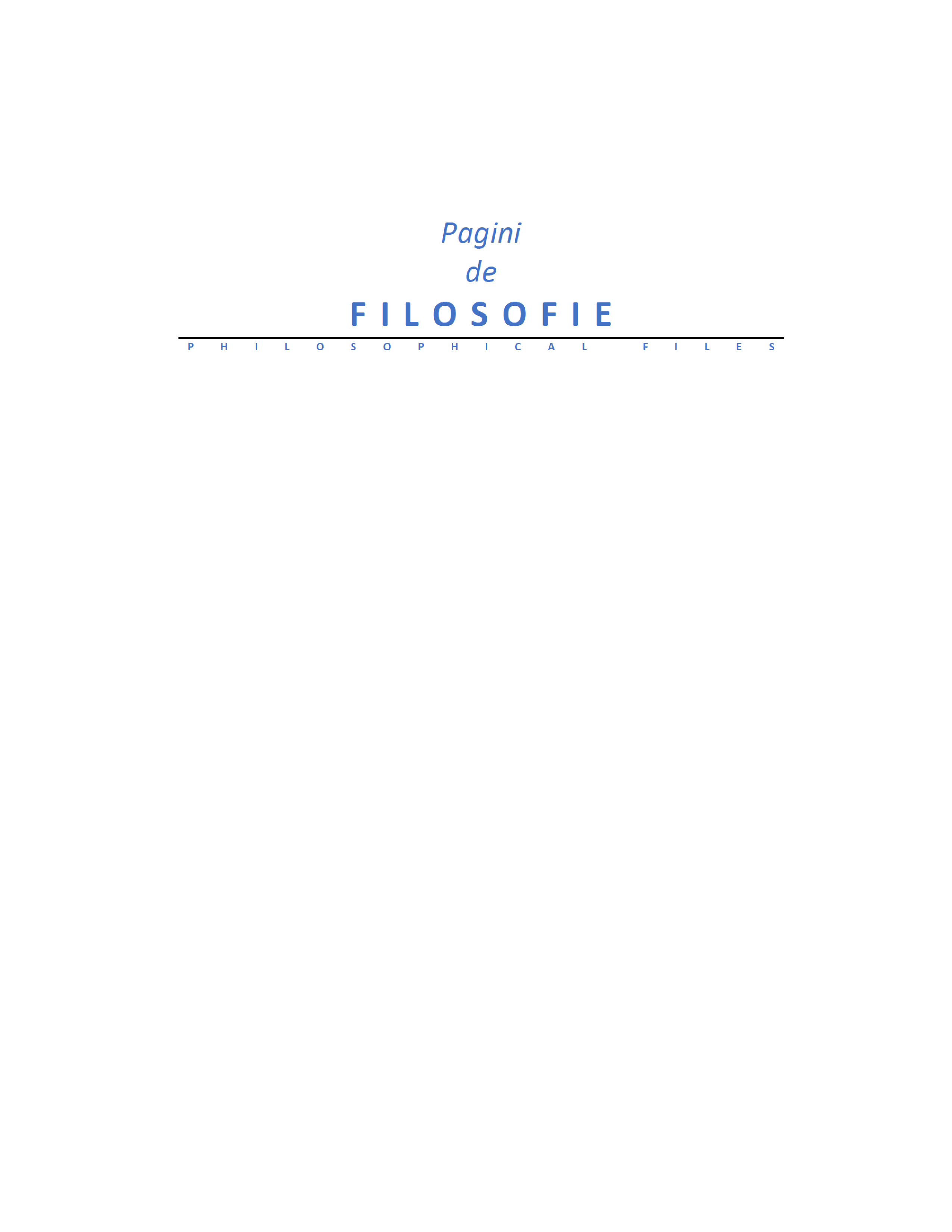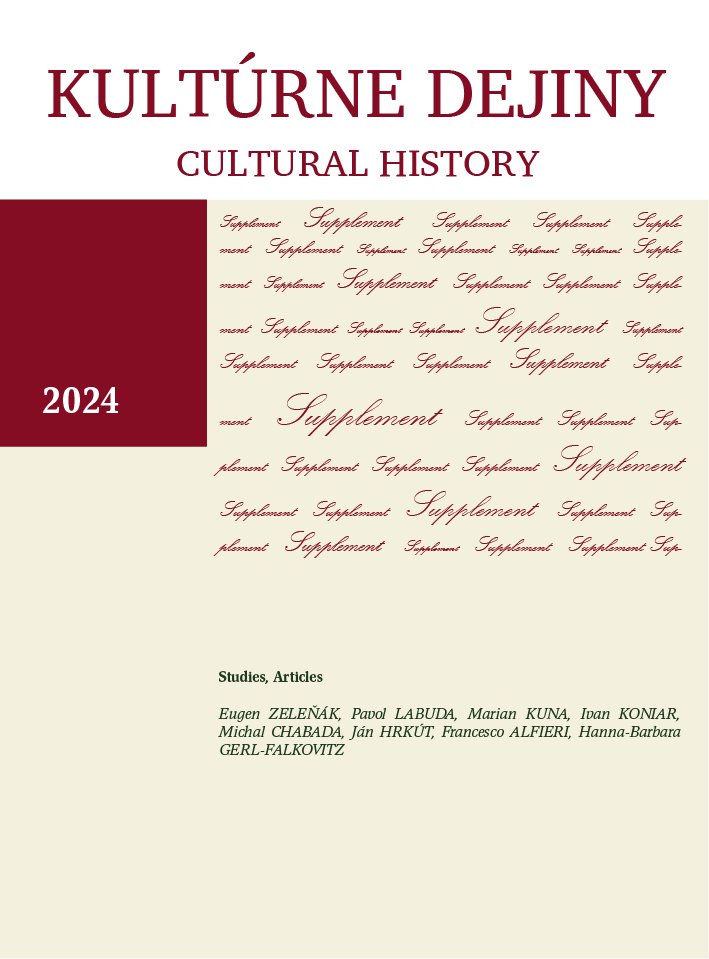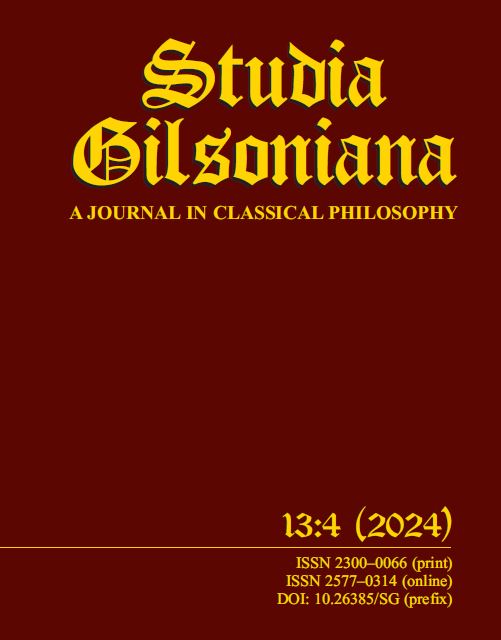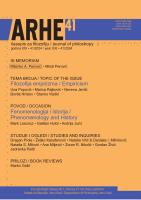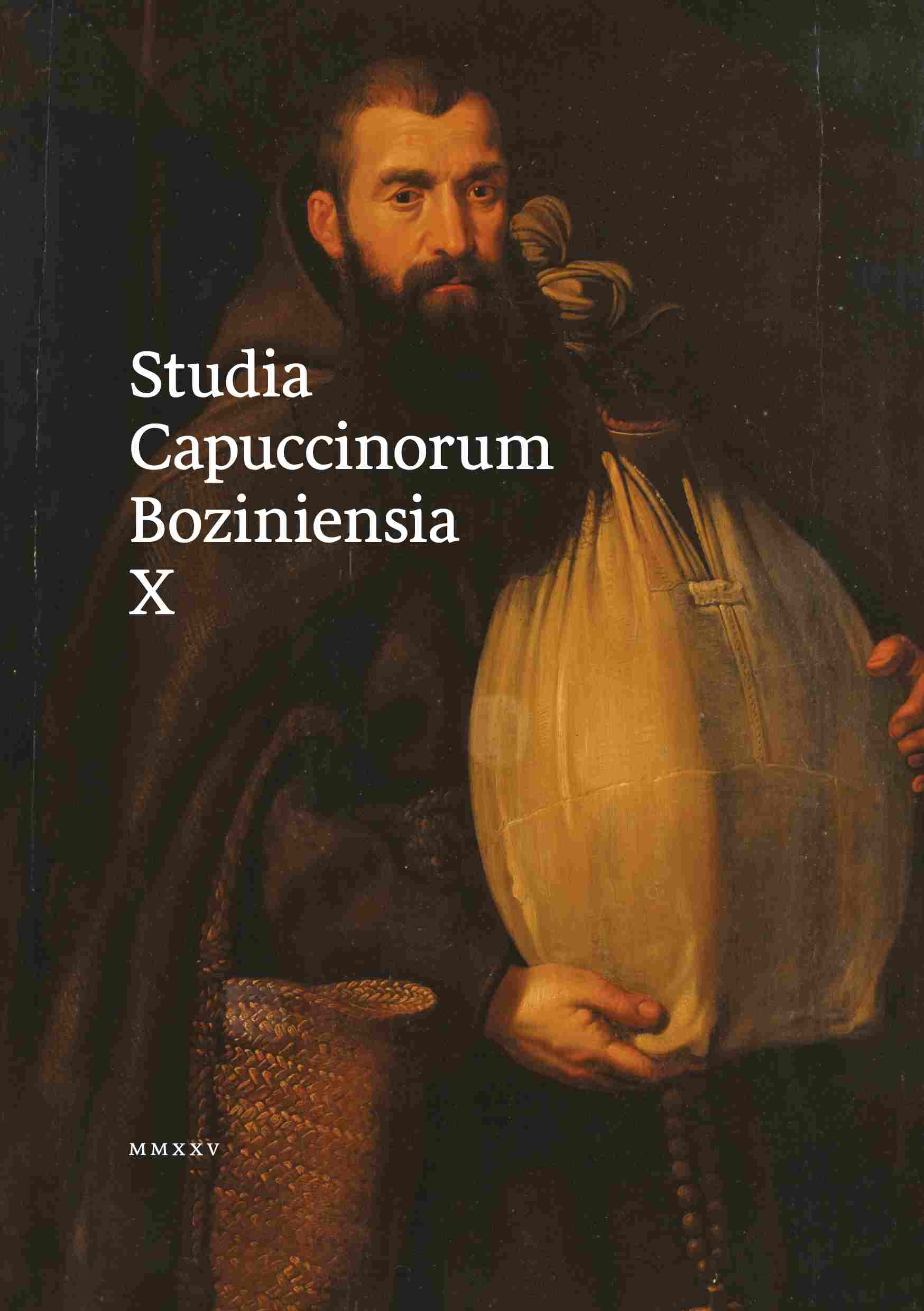
Heroikus küzdelem és monumentalitás – párhuzamok Beethoven és Hegel életművében
In my paper, I reflect on the parallelisms in the life-works of the giants of philosophy and music history, Beethoven and Hegel. The life-works of the philosopher and composer arose in different spheres of culture, and they have completely different media of distribution. The idea of this study was inspired by the fact that both were members of the same generation (Hegel lived between 1770-1831, and Beethoven between 1770-1827), they lived in the Age of Enlightenment and the birth of Romanticism, thus the spirit of the age made a similar impression on them. In my study, Ideal with three questions: the idea of freedom and love from Beethoven’s and Hegel’s point of view; the main features of Hegel’s notion of art from the Phenomenology to the Aesthetics; and Beethoven’s music as “music beyond music”.
More...
